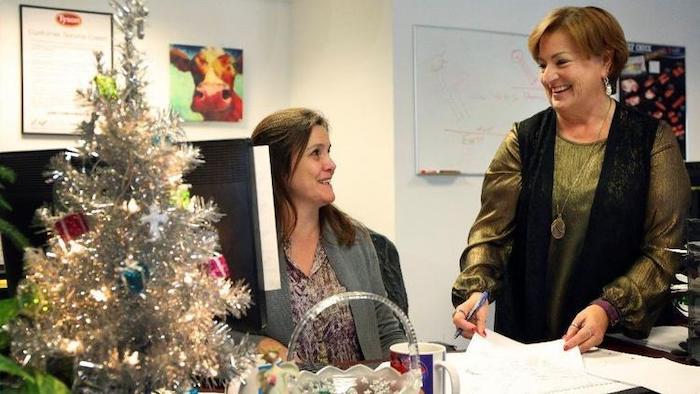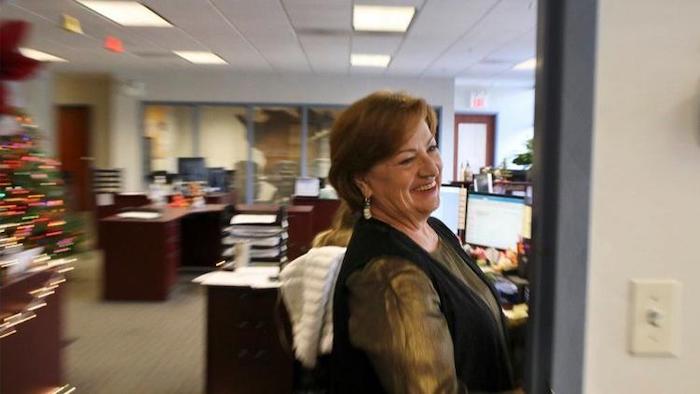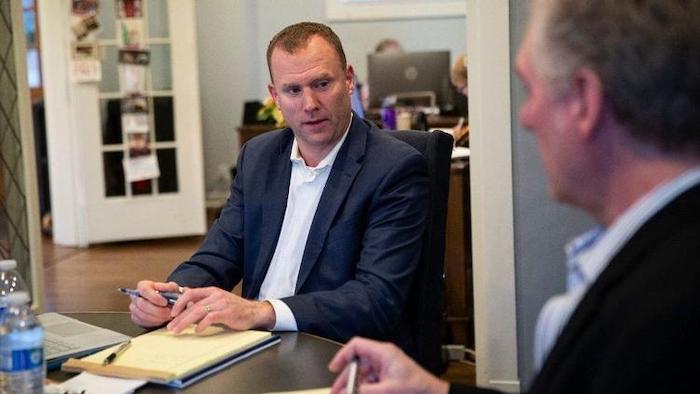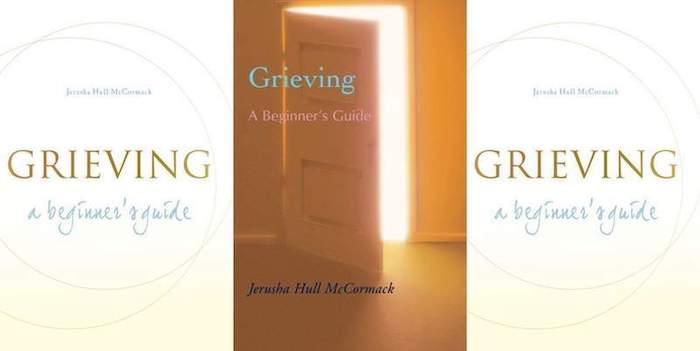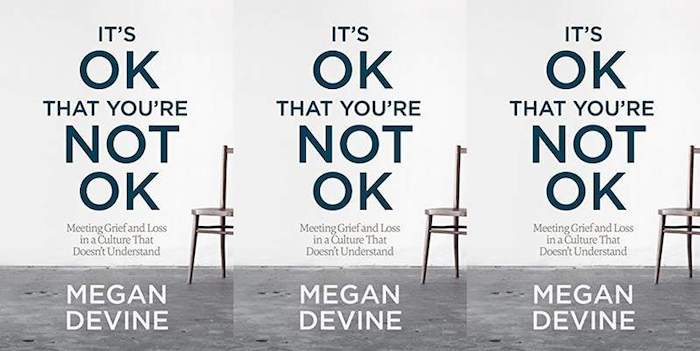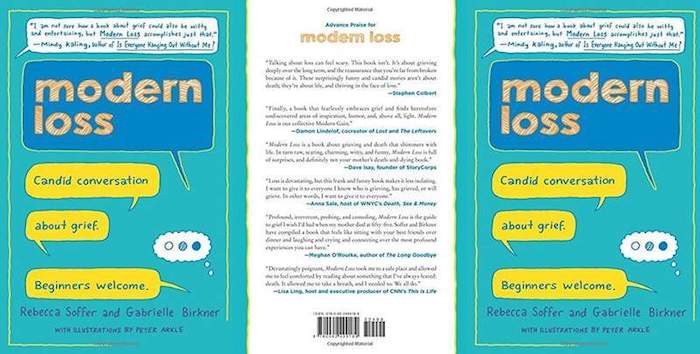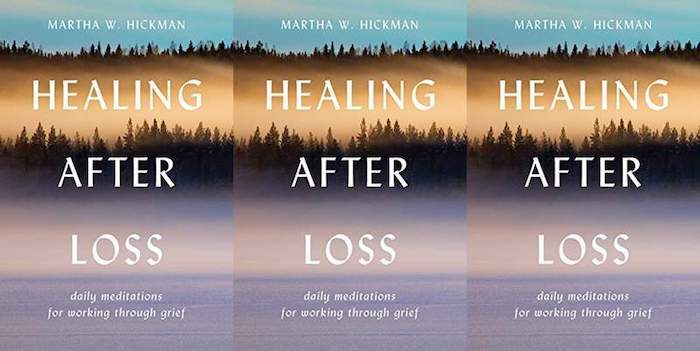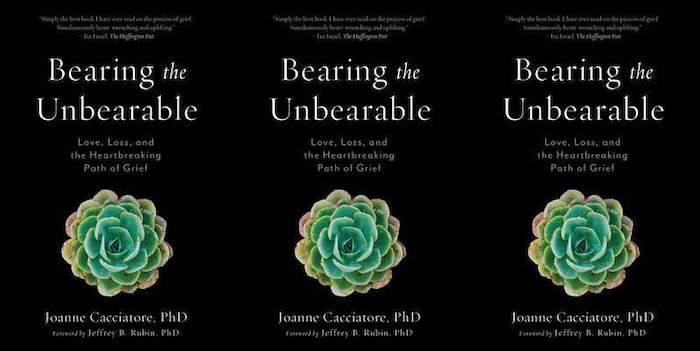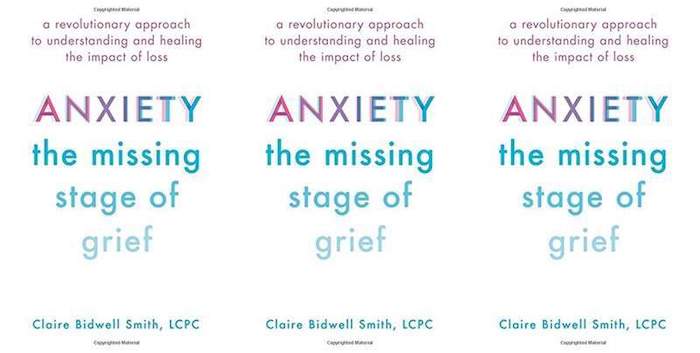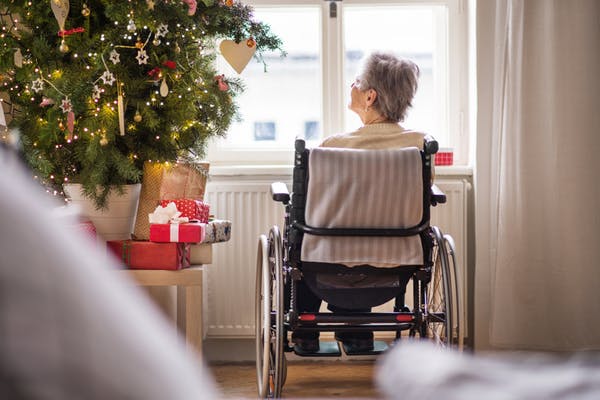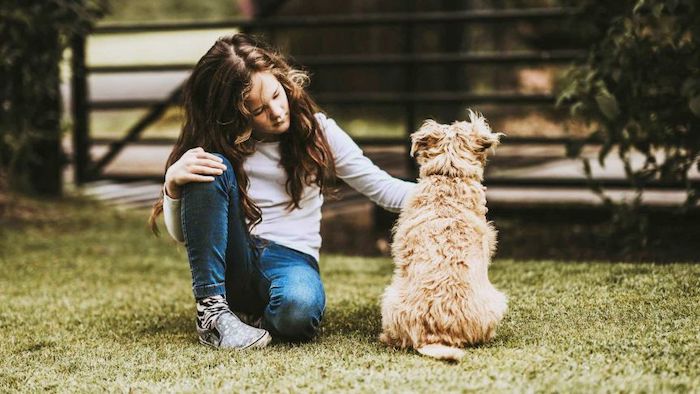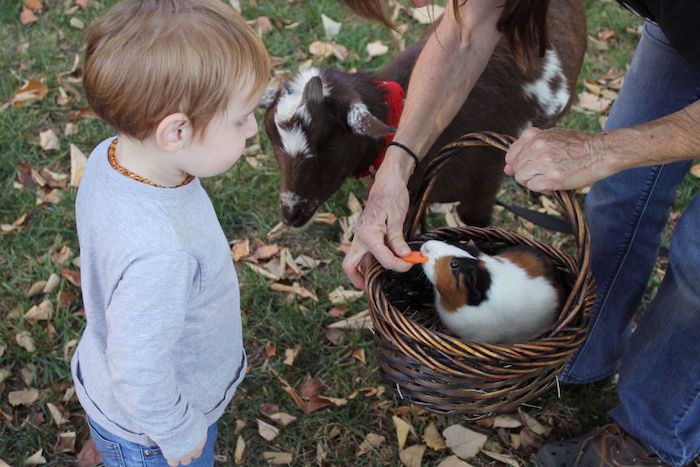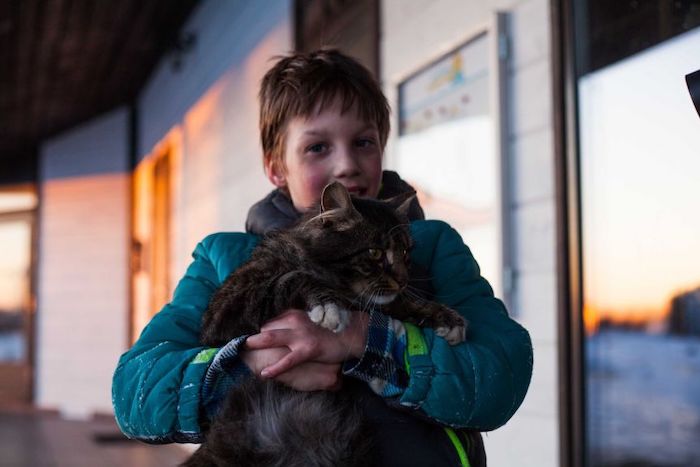– here’s how they can improve

An adolescent experiences the death of his mother after a lengthy illness.
When I ask what services he would like to receive from the school, he initially says he didn’t expect special treatment, would be embarrassed by counseling from the school mental health staff and wouldn’t feel comfortable if many of his teachers asked to talk to him about his grief.
At the same time, the student felt as though the school should somehow take his situation into account.
“I don’t know what the school should do,” the student told me. “But I just lost the person I love most in my life and they act as if nothing happened.”
In my many years as a developmental-behavioral pediatrician who specializes in school crisis and child bereavement, I believe this dilemma – that is, the need to do enough but not to overwhelm the grieving student or the adults who are trying to help – represents a major challenge for America’s schools.
The need for recognition by trusted adults of their loss, a genuine expression of sympathy and an offer of assistance is often what students seek after a major loss – but too often don’t receive.
A common experience
Loss is very common in childhood – 9 out of 10 children experience the death of a close family member or friend and 1 in 20 children experience the death of a parent.
In contrast, teacher preparation to support grieving students is uncommon. In a recent survey conducted by the American Federation of Teachers and the New York Life Foundation, 93 percent of teachers reported that they never received any training on how to support grieving students. They identified this lack of training as the primary barrier that prevented them from reaching out to grieving students in their class and offering the support they knew they needed. Worried that they would do or say the wrong thing and only make matters worse, some educators chose instead to say and do nothing.
In recognition of this problem, I offer a series of insights and recommendations that teachers can adopt to make the school experience less stressful for students who have recently lost a loved one. Although the advice is aimed at educators, surviving parents or caretakers or anyone who cares about how to help bereaved students can use this advice to advocate on their behalf.
The consequences of inaction
Saying nothing says a lot to grieving children. It communicates that adults are either unaware, uninterested or unwilling to help. It leaves children confused about what has happened and how to react. It leaves children unsupported and forces them to grieve alone. Adults should reach out to grieving children and let them know that they are aware and concerned and are available to provide support and assistance.
What not to say
Anything that starts with “at least” should probably be reconsidered – “at least she’s not in pain anymore” or “at least you still have your father” are generally not helpful comments. It suggests that the adult is uncomfortable with the child’s expression of grief and is trying to “cheer up” the grieving child in order to limit the adult’s own discomfort. Don’t encourage children to hide their feelings or reactions, and don’t feel that you have to hide your own emotions. Be genuine and authentic. Tell grieving children that you are sorry about their loss and ask them what they are feeling and how they are doing.
There isn’t anything you can say that is going to make everything right again for a grieving child. So, listen more than you talk. Other guidelines of what not to say – and what to say instead – to grieving children can be found in “The Grieving Student: A Teacher’s Guide.”
Engage peers
Peers want to – and can – be an important source of support to grieving children, but often are unsure what to say or do. Provide them advice on what to say and practical suggestions on how to be helpful. This will help grieving children obtain critical peer support and decrease their sense of isolation. It will also reduce the likelihood that peers will instead ask repetitive and intrusive questions or tease grieving children.
Offer academic accommodations
Grieving children often experience a temporary decrease in learning ability. They may be tired from not being able to sleep, have difficulty concentrating and learning new material, or may be experiencing significant disruptions in their home environment that make it difficult to study or complete homework.
Grieving children should view school as a place of comfort and support, especially at a time of loss. If they are worried about failing, school becomes instead a source of additional distress. Teachers should offer educational support before children demonstrate academic failure. Check in more frequently to make sure that they are learning new material and are able to keep up with the workload.
Talk to other teachers, instructors and coaches and try to help grieving students balance all of their responsibilities. If the student needs to prepare for an important concert, then maybe academic teachers can lessen some of their assignments. Grieving students may need to have their workload decreased or modified temporarily. If a major report seems overwhelming, substitute with shorter and more manageable assignments. If it’s hard for them to stay on task to complete an individual project, consider a group project that might promote peer support.
Be more sensitive
Teachers can also introduce activities with more sensitivity. For example, if you are going to do a project for Mother’s Day, introduce the activity by telling students that you realize some children may not have a mother who is alive or living with them. They can still complete the activity remembering their mother, or can choose to focus on another important female family member. This will also help students whose mothers may be deployed in the military or incarcerated, or away for other reasons.
Help children manage grief triggers
Many things may remind grieving children about the person who died and cause them to temporarily feel a resurgence of their grief. It may be a comment made by a teacher or a peer, such as “I went shopping with my mother this weekend,” or a portion of a classroom lesson, such as a health education lesson that references a similar cause of death.
Holidays such as Thanksgiving or the winter holidays tend to involve spending time with loved ones and may accentuate the sense of loss. Let students know that these triggers may occur and set up a safety plan. Students may be given permission to step out of the classroom briefly if they are feeling upset and worried that they will not be able to contain their emotions. Work out a signal to communicate when this occurs that doesn’t draw attention to the student. Make a plan for where the student will go and who they can talk with. If students know that they will be able to leave, they often feel less overwhelmed and will be more likely to remain in class and stay engaged in the lesson.
For more information
The Coalition to Support Grieving Students offers free learning modules on a wide range of issues related to grieving students, including videos and written summaries. Schools can also learn more about how to help grieving students through the Grief-Sensitive Schools Initiative.
Complete Article ↪HERE↩!




